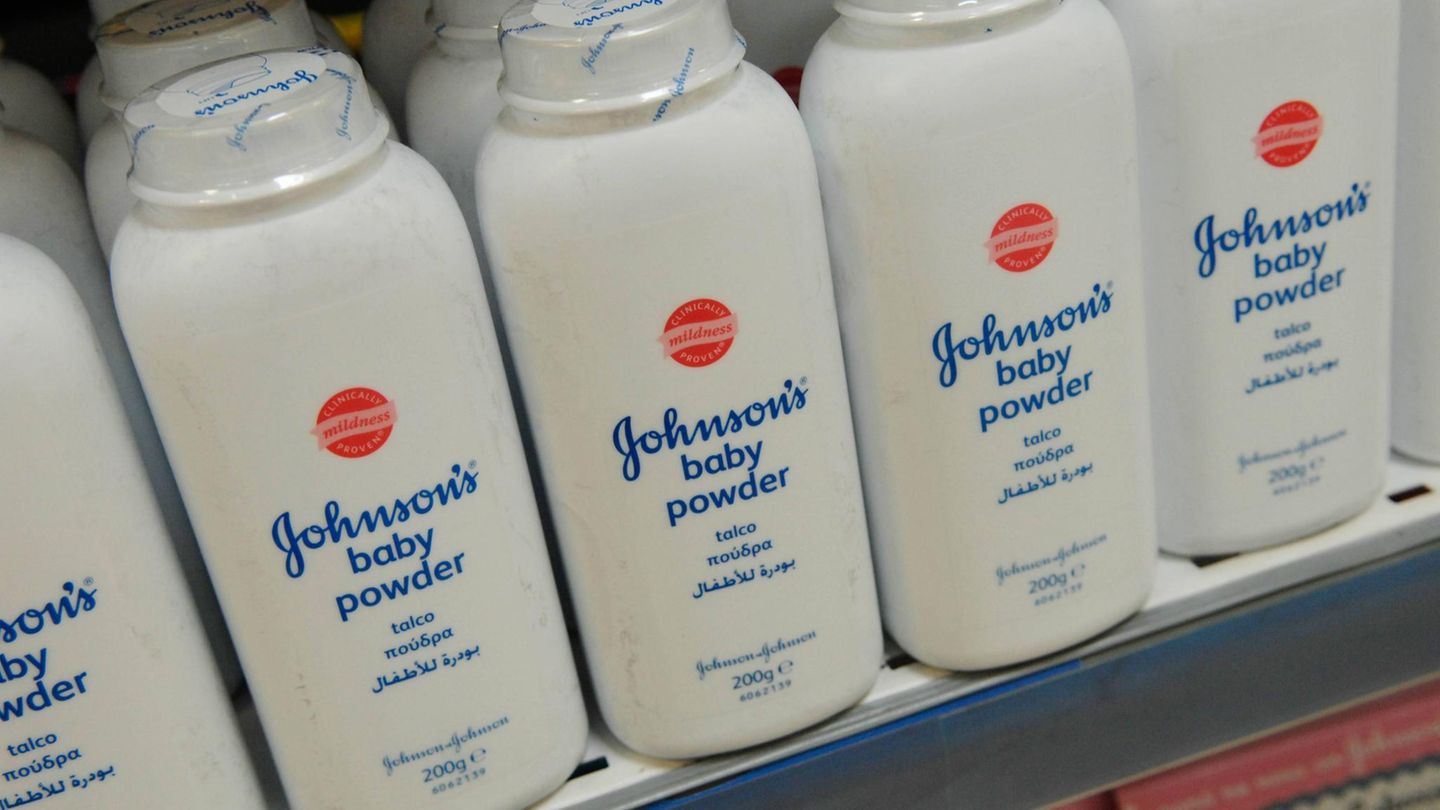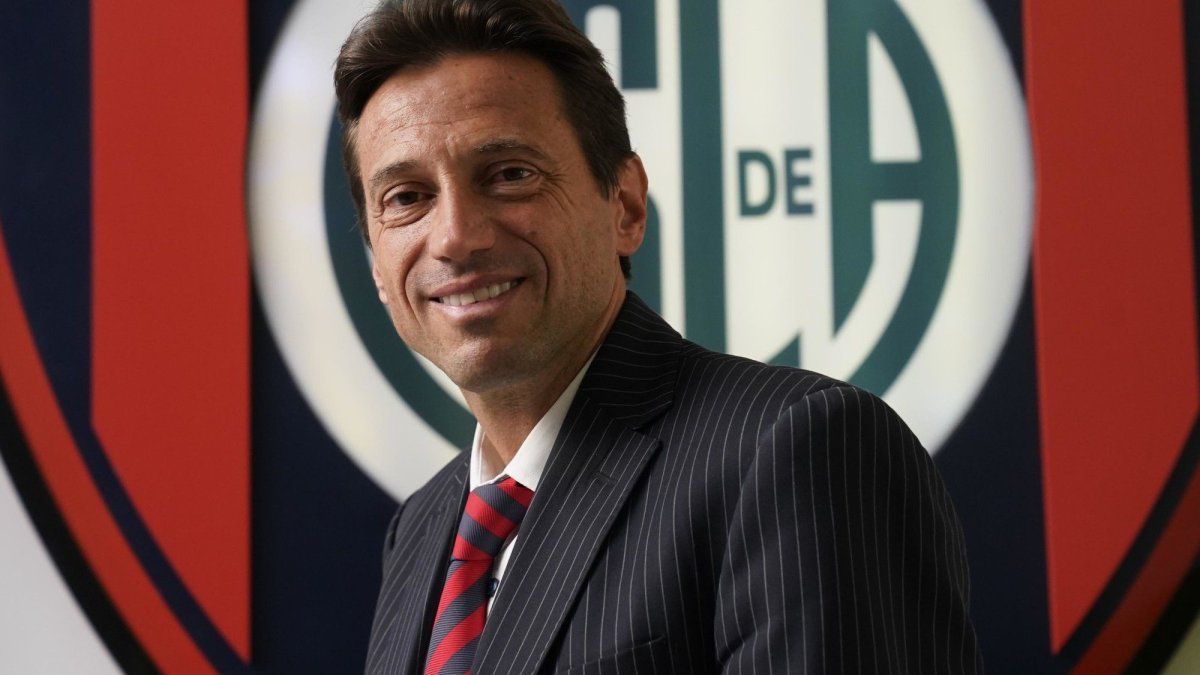With nods towards the Minister of the Economy, Sergio Massa, he assured that “it goes in the right direction, which is not a Platita Plan every day”, and described the actions as the “Plan Arriver”, given that he explained that, with such a dysfunctional economy, it has no chance of growing, but of “stabilizing”. He anticipated that one of his main challenges is accumulating dollars: “When he came to the Government, there were US$ 1.2 billion in net reserves, it represents 3 days of imports, that is the number that the market looks at,” he said.
Given the difficulties of accumulating debt reserves, he described the soybean dollar as an “achievement”. This is because he anticipated that net reserves will close above the US$5 billion, after liquidations of US$7 billion. However, he also warned of a $420 billion issue by the Central Bank that bought dollars at $200 and sold at $140.. “It is more than the Country tax”, she warned.
Given that the soybean dollar ends this Friday, Kiguel described it as a “temporary solution”, and explained that beyond the talk of other dollars, such as the “mining dollar or Malbec”, there are no other sectors of the economy that have the stocks that soy had. Going forward, he anticipated: “Last year in the last quarter it sold US$1.3 billion, if we add US$2 billion of anticipated imports, US$3.5 billion will be needed.”
Given this scenario, he anticipated what he believes will be the next measure: “In August Massa took out the soybean dollar, what will be the next rabbit in the hat? The only one left is the Qatar dollar, or rather the tourism dollar, although the problem is how it is done”.
election message
Another issue where he focused is inflation. According to his projections in the consulting firm that he heads Econviews, this year the IPC will close between 95-100% and the outlook for 2023 is more pessimistic: “Next year it will be higher because the government needs it to liquefy expenses, such as pensions and salaries.”
Such high levels of inflation occur when there are jumps in the exchange rate, which this year there was not. Beyond saying that the international problem “should not be minimized”, he said that the jump in inflation, which went from 5% per month to 7% as of July, was “self-inflicted”, due to the new trap on imports from the end of June: “The stocks have deeper effects than stopping imports, but it fuels inflation, removing it is going to be central to this.”
On the other hand, he dedicated part of his presentation to leaving a message for the upcoming elections. “The tiredness that exists in people gives an opportunity and that is to make reforms, such as the social security and labor reforms, which 7 years ago were not the same, now there is awareness that things have to be changed.”
To the next administration he recommended a stabilization plan with structural reforms. “We already have to talk about a program of regime changeThe best example is Israel in 1985, which had high inflation, strong unions, a huge public sector, and in a year it stopped inflation and now has a strong currency. But for that, not only a government coalition is needed, but also the conviction that they have to do it”.
In any case, he assured that plan has to be at the same time one of “shock and gradualism”depending on each policy. “The difficult thing is not the devaluation, but to change the laws that change Argentina. The government has to arrive with a folder with all the laws, like Cavallo did in the 1990s, when he came in and changed Argentina, well then everything went to hell. And for inflation there, yes, more patience is going to be needed, but in less than a year of management the stocks have to be eliminated and inflation lowered “recommended.
Source: Ambito
David William is a talented author who has made a name for himself in the world of writing. He is a professional author who writes on a wide range of topics, from general interest to opinion news. David is currently working as a writer at 24 hours worlds where he brings his unique perspective and in-depth research to his articles, making them both informative and engaging.




